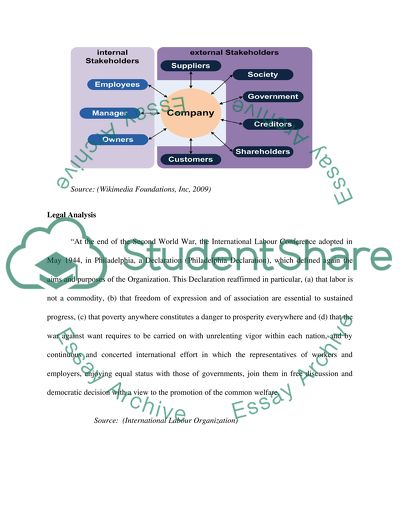Cite this document
(“Business Ethics - Case Study: Nike - From Sweatshops to Leadership in Essay”, n.d.)
Retrieved from https://studentshare.org/miscellaneous/1557039-business-ethics-case-study-nike-from-sweatshops-to-leadership-in-employment-practices
Retrieved from https://studentshare.org/miscellaneous/1557039-business-ethics-case-study-nike-from-sweatshops-to-leadership-in-employment-practices
(Business Ethics - Case Study: Nike - From Sweatshops to Leadership in Essay)
https://studentshare.org/miscellaneous/1557039-business-ethics-case-study-nike-from-sweatshops-to-leadership-in-employment-practices.
https://studentshare.org/miscellaneous/1557039-business-ethics-case-study-nike-from-sweatshops-to-leadership-in-employment-practices.
“Business Ethics - Case Study: Nike - From Sweatshops to Leadership in Essay”, n.d. https://studentshare.org/miscellaneous/1557039-business-ethics-case-study-nike-from-sweatshops-to-leadership-in-employment-practices.


